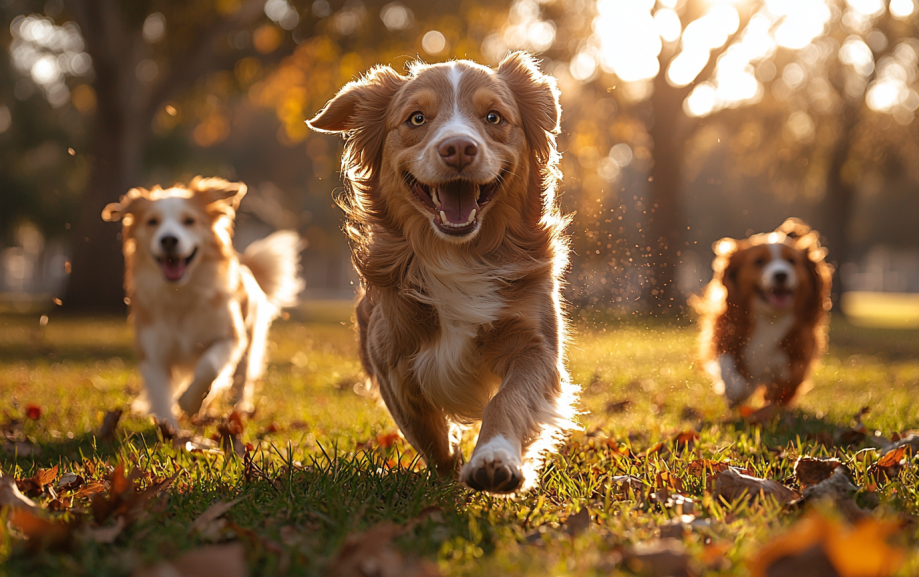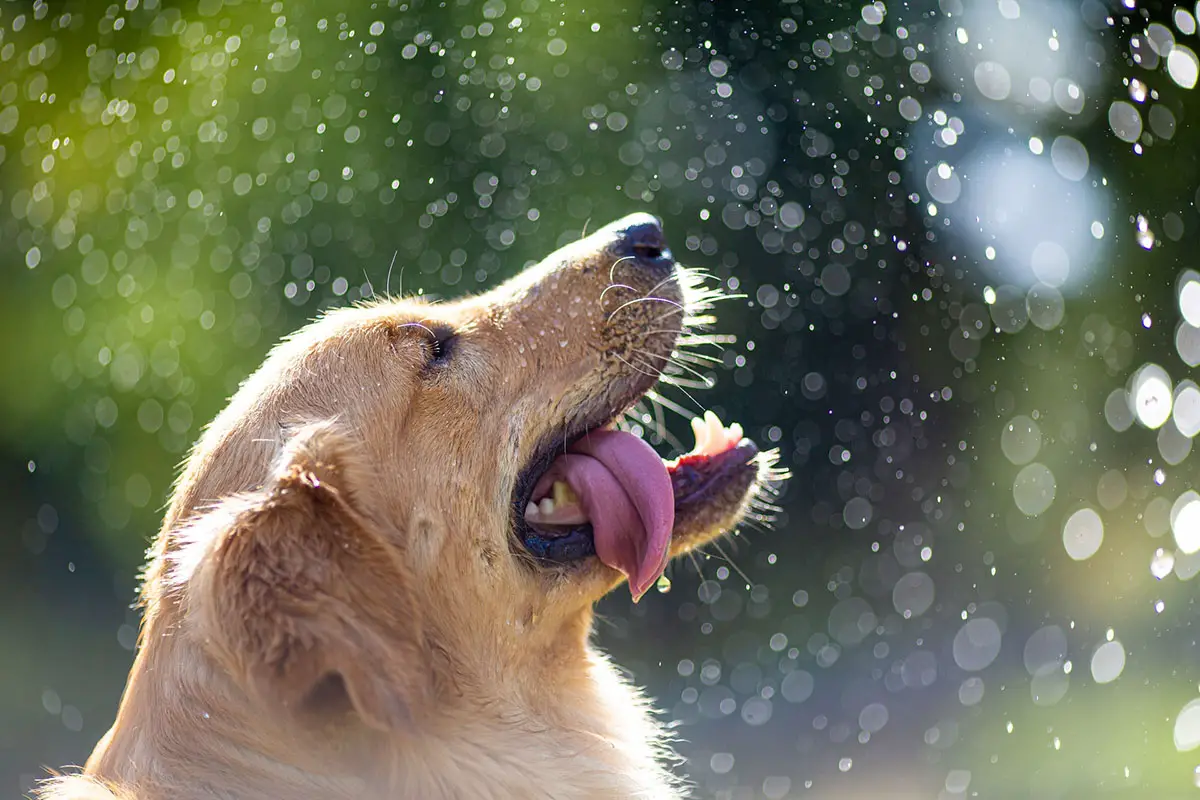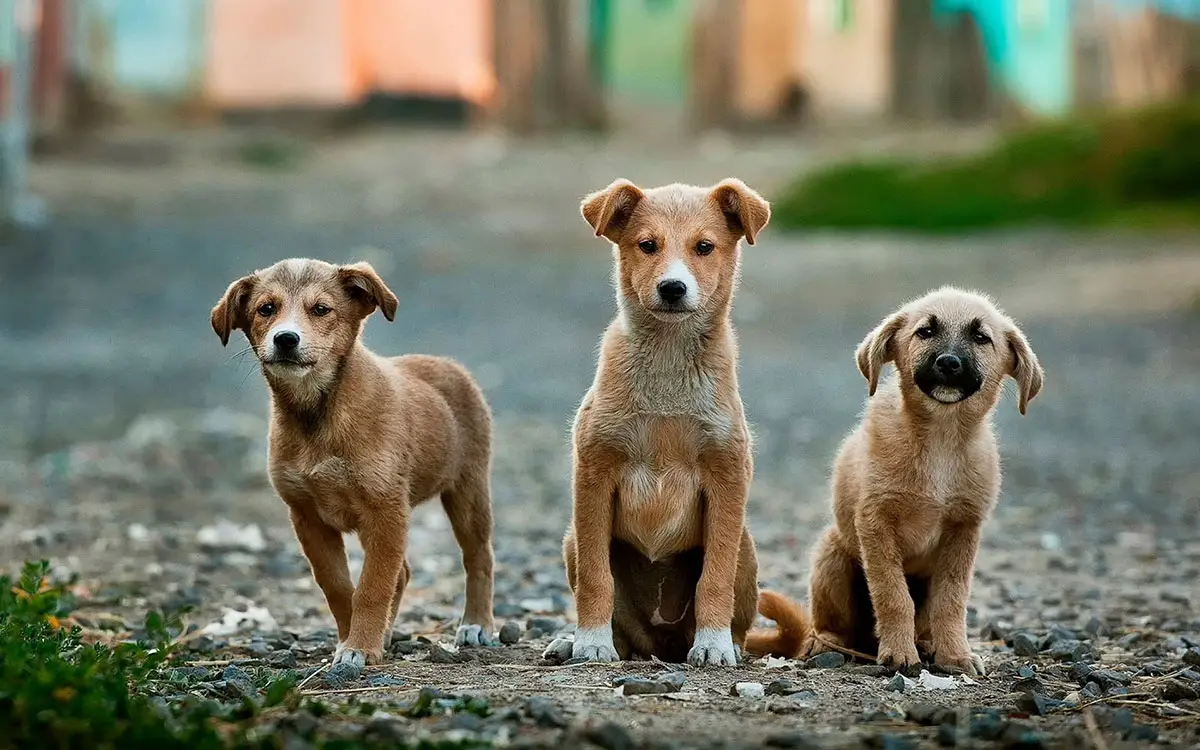Why Dog Socialization is Important
The Benefits of Socialization for Behavior and Health
Socializing your dog isn’t just a matter of ensuring they’re friendly—it’s about preventing behavioral problems, reducing anxiety, and fostering a healthy mental state. Proper socialization helps dogs become comfortable in different environments, around new people, and with other animals, making everyday life more manageable for both the dog and owner.
- Behavioral Benefits:
A socialized dog is less likely to develop behavioral problems like aggression, excessive barking, or fearfulness. Well-socialized dogs are more likely to greet new experiences with curiosity rather than fear, leading to fewer negative reactions in novel situations. - Health Benefits:
Stress and anxiety can take a toll on a dog’s physical health, much like in humans. Dogs that are well-socialized tend to be calmer, reducing their overall stress levels and the likelihood of stress-related health problems, such as digestive issues or a weakened immune system.
Socializing Puppies: The Critical Window
When to Start Socializing Your Puppy
Socialization should begin as early as possible, typically between 3 to 14 weeks of age. This period is often referred to as the “critical window” because it’s when puppies are most open to new experiences. This is the time to expose them to a wide variety of stimuli, including different sounds, smells, environments, people, and animals.
Key Socialization Experiences for Puppies
- Introduce New People and Animals:
Allow your puppy to interact with people of all ages, sizes, and appearances. Don’t forget to include exposure to other animals, particularly other dogs. Ensure these interactions are positive by rewarding calm and friendly behavior with treats and praise. - Different Environments:
From a park to a busy street, introduce your puppy to a variety of settings. Car rides, elevators, stairs, and different surfaces like grass, gravel, and hardwood floors should all be part of the socialization process. - Unusual Sounds and Objects:
Loud noises, like vacuum cleaners or thunderstorms, and strange objects, such as bicycles or wheelchairs, can be startling for dogs. Gradually introduce your puppy to these stimuli in a controlled manner, ensuring they associate these new experiences with positive reinforcement.
Adult Dog Socialization: It’s Never Too Late
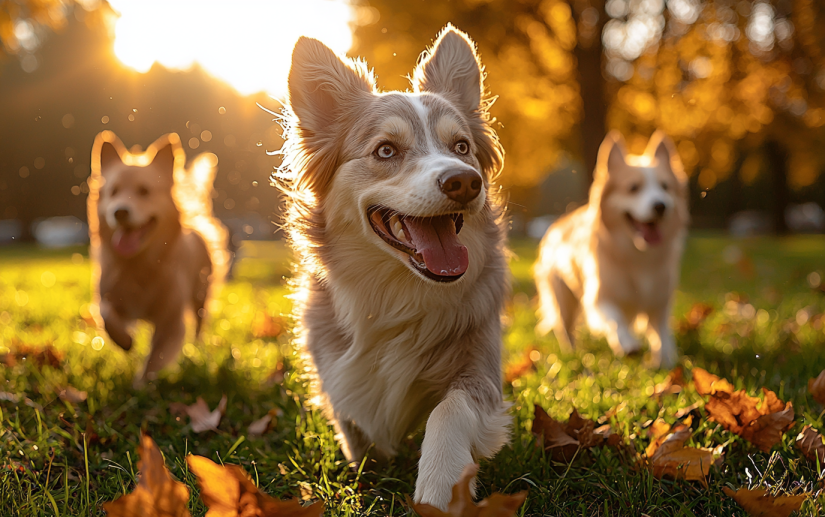
Tips for Socializing Adult Dogs
While it’s easier to socialize puppies, adult dogs can still learn to adapt to new situations and become well-socialized. The process will be slower, but with patience and positive reinforcement, even older dogs can gain confidence and comfort in unfamiliar settings.
- Start Small:
Begin by introducing your adult dog to new experiences in small, controlled environments. For example, start by inviting a single friend over to your house before moving on to busier or more stimulating environments like parks or pet stores. - Observe Your Dog’s Body Language:
Pay close attention to your dog’s reactions. If they seem anxious, take a step back and try to make the environment less overwhelming. Gradual exposure is key, and forcing a dog into uncomfortable situations can have the opposite of the desired effect.
Overcoming Previous Negative Experiences
Dogs that have had negative experiences in the past may be fearful or aggressive in certain situations. It’s essential to approach these dogs with extra care. You may need to recondition their response to stressful stimuli by gradually exposing them to those situations and rewarding calm behavior.
Professional Help
If your dog’s past trauma is severe, seeking the help of a professional dog trainer or behaviorist might be necessary. They can develop a structured plan to desensitize your dog and help them gain confidence.
How to Safely Introduce Your Dog to New Environments
Gradual Exposure to Different Places and Sounds
A sudden influx of new sights and sounds can overwhelm any dog. The key to successful socialization in new environments is gradual exposure. Start in quieter, less crowded spaces and slowly build up to more stimulating areas, such as busy streets or dog parks.
- Public Spaces:
Slowly introduce your dog to public spaces like parks, markets, or busy sidewalks. Initially, keep a comfortable distance from other people and animals, and reward calm behavior. Gradually move closer as your dog becomes more confident. - Sound Desensitization:
Some dogs are sensitive to noises like traffic, fireworks, or thunderstorms. You can help by gradually exposing them to these sounds at a low volume. Many dog owners use soundtracks or recordings of city noises, thunderstorms, or fireworks to gently introduce these sounds.
Managing Public Interactions
When introducing your dog to new environments, be mindful of how they interact with strangers and other animals. Always keep your dog on a leash to maintain control, and don’t force interactions if your dog seems hesitant. It’s better to let them approach new experiences at their own pace.
READ ALSO: Dog Obedience Training 101: How to Train a Well-Behaved Dog
Socializing with Other Dogs: Building Positive Relationships
How to Properly Introduce Your Dog to Other Dogs
The first introduction between two dogs is critical in setting the tone for their relationship. Always start in a neutral environment, like a park, where neither dog feels territorial.
- Leashed Introductions:
Begin with both dogs on leashes at a distance. Allow them to see each other but don’t let them rush toward one another. Gradually close the distance and observe their body language. If both dogs are relaxed and wagging their tails, you can let them sniff each other. - Supervised Play:
Once the dogs seem comfortable, you can allow them to interact off-leash in a controlled environment. Supervised play sessions help you monitor their behavior and intervene if necessary.
Tips for Group Play and Dog Parks
Dog parks can be a fantastic opportunity for socialization, but they can also be overwhelming. Before visiting a dog park, ensure your dog is well-trained in basic commands like “come” and “sit,” so you can maintain control.
Small Dog Groups
If your dog is new to dog parks or group play, start by introducing them to a smaller group of dogs. This reduces the chance of overstimulation and allows for more manageable interactions.
Socializing with People: Encouraging Positive Human Interactions
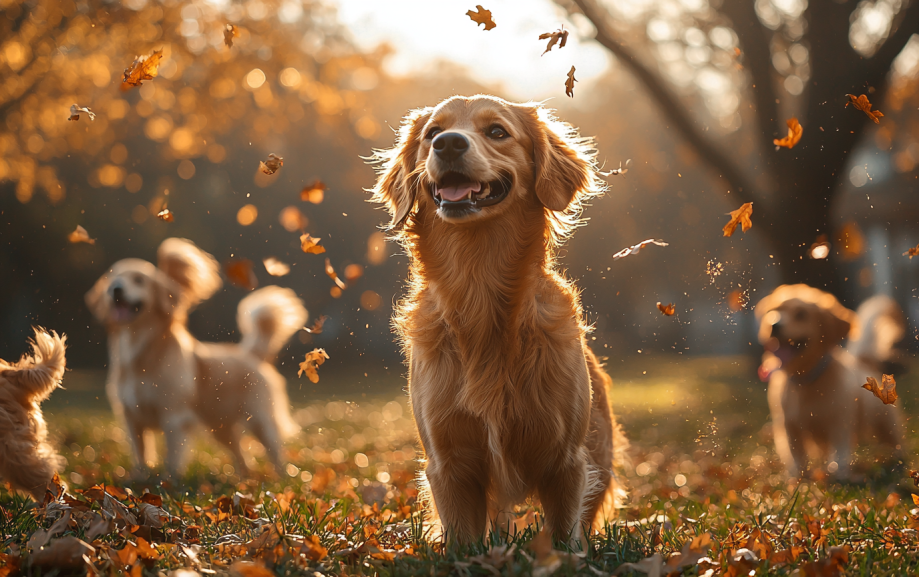
Introducing Dogs to Different Age Groups
Dogs should be comfortable around people of all ages, from children to the elderly. Supervise interactions between your dog and young children to ensure the child is gentle and respectful, and make sure the dog associates these encounters with positive outcomes, like treats and praise.
How to Handle Shyness or Fear of Strangers
If your dog is shy or fearful around strangers, take it slow. Start with brief interactions in a calm, quiet environment. Reward your dog for calm behavior, and gradually increase the duration and intensity of the interactions as your dog becomes more comfortable.
Socialization for Shy or Fearful Dogs
Building Confidence Through Positive Reinforcement
Positive reinforcement is one of the most effective tools in socializing a shy or fearful dog. Every time your dog remains calm in a new situation, reward them with praise, treats, or play. Over time, they’ll learn to associate new experiences with positive outcomes.
Avoiding Overwhelm in New Situations
It’s easy to push a dog too far, too fast. If your dog seems overwhelmed, take a step back and give them time to process the new environment or situation. Patience is key, and each dog’s socialization pace will differ.
Socializing a Rescue Dog: Special Considerations
Understanding the Background
Rescue dogs often come from challenging backgrounds and may not have had positive socialization experiences in their early lives. This can lead to fear, anxiety, or even aggression in new situations. When adopting a rescue dog, it’s essential to understand that their journey to becoming a well-socialized companion might require extra patience and effort.
- Start Slow with Controlled Introductions
Rescue dogs may need time to adjust to their new environment. Begin by introducing them to one or two trusted people in calm settings before gradually exposing them to new environments or other dogs. Take note of their reactions and progress slowly, always ensuring they feel safe. - Create a Safe Space
Establish a quiet, comfortable area where your rescue dog can retreat to when they feel overwhelmed. A crate or a separate room can offer them a sense of security while they acclimate to new stimuli. This safe zone allows them to process their environment at their own pace without feeling pressured. - Positive Reinforcement
Like with any dog, positive reinforcement is crucial when working with a rescue. Reward calm behavior and provide treats or praise whenever they handle new experiences well. The goal is to help your rescue associate unfamiliar situations with positive outcomes, gradually increasing their confidence. - Work with a Trainer if Needed
Rescue dogs might have deep-seated fears or anxiety, especially if they’ve had a rough start in life. In some cases, working with a professional dog trainer or behaviorist can make a world of difference. They can help develop a structured plan to address specific behavioral challenges while guiding the dog toward positive socialization.
By understanding and respecting a rescue dog’s unique needs, you can help them overcome their past and become well-adjusted, happy companions. Socialization will require patience, but the bond you build with a rescue dog is incredibly rewarding and fulfilling.
Common Mistakes in Dog Socialization and How to Avoid Them
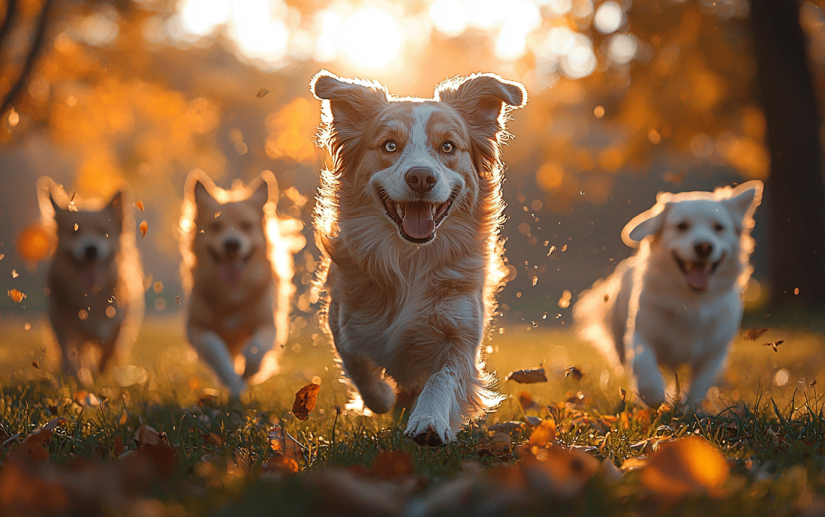
Over-socialization: When Too Much is Too Much
While it’s important to expose your dog to new experiences, over-socialization can be just as damaging as under-socialization. Too many new encounters in a short period can overwhelm a dog, leading to anxiety or negative associations.
Signs of Overwhelm
If your dog shows signs of stress, such as excessive panting, yawning, or trying to escape, it’s time to give them a break. Socialization should always be a gradual process.
Rushing the Process
It’s tempting to rush your dog’s socialization, but patience is essential. Moving too quickly can lead to setbacks, especially with shy or anxious dogs. Allow your dog to progress at their own pace, and don’t force interactions they’re not ready for.
Conclusion
Socialization is a lifelong process that ensures your dog remains comfortable and confident in a variety of situations. Whether you’re working with a puppy or an adult dog, the key is patience, positive reinforcement, and gradual exposure to new experiences. A well-socialized dog is not only happier but also more pleasant to live with, making everyday activities more enjoyable for both you and your furry companion.
By following these tips, you’ll set your dog up for success, ensuring they thrive in different environments and around a variety of people and animals. Socialization is a gift that keeps giving—both to your dog and to the people who have the pleasure of meeting them.
